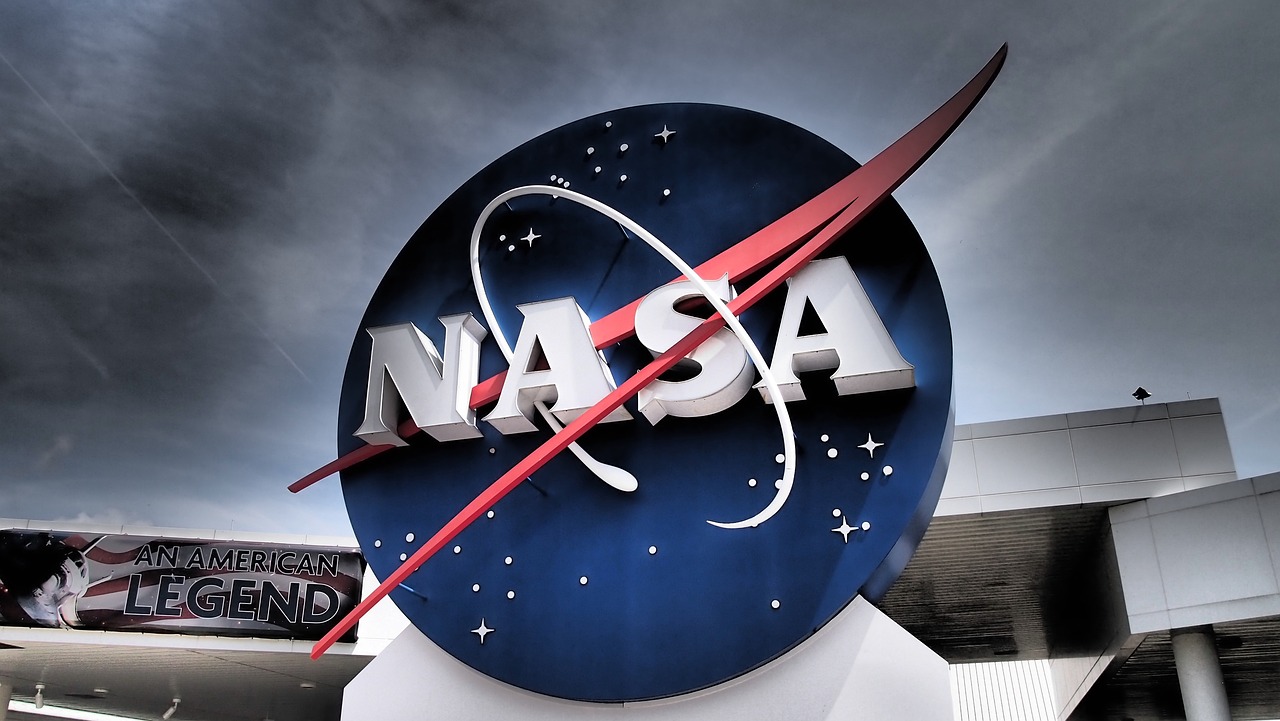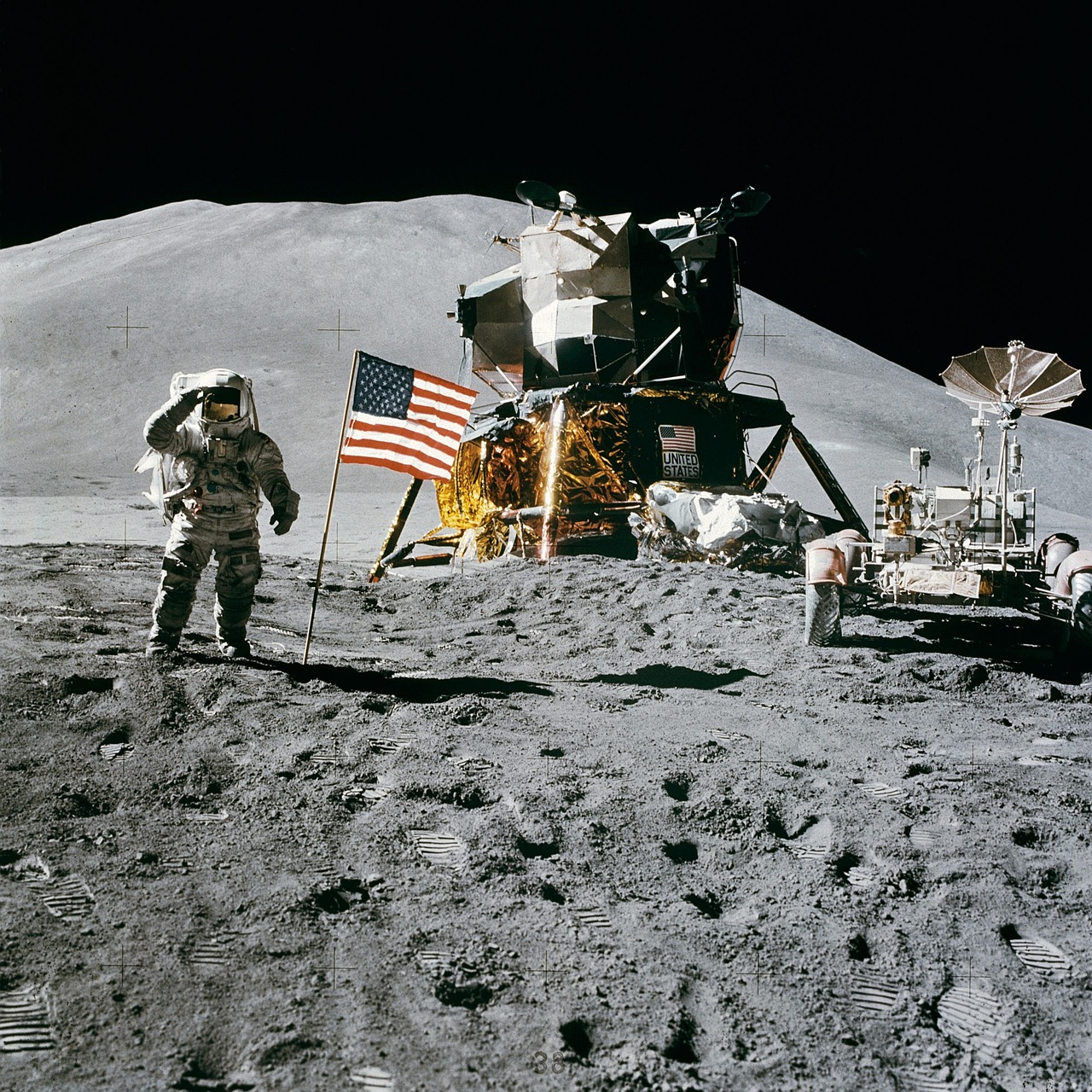The upcoming Vera C. Rubin Observatory has the potential to uncover significant clues about the origins of life on Earth. Space enthusiasts often get engrossed in various exciting developments, from lunar missions to breakthroughs in exoplanet science. However, as an astronomer, I am particularly thrilled by a less-publicized advancement here on Earth that could profoundly impact our understanding of life’s development and one of Earth’s most distinctive features: its oceans.
On April 27, the Vera C. Rubin Observatory in Chile quietly reached a major construction milestone. Workers completed a reflective coating on the primary mirror, enabling it to capture light from extremely dim objects in the night sky, which are currently beyond our regular detection capabilities.
This crucial component of what will be one of the world's most powerful telescopes will help us explore a long-standing scientific mystery: the origin of Earth's oceans. We know that these oceans were vital for the development of life, yet their exact origins remain unclear. One prevailing theory suggests that icy comets and asteroids from the outer solar system delivered our oceans. Recently discovered interstellar objects, such as 'Oumuamua and 2I/Borisov, might also offer insights into how oceans are delivered to planets around other stars.
The chemical properties of Earth's oceans differ from what we would expect if the water had been present since Earth's formation. This discrepancy leads astronomers to believe that water arrived later, possibly from comets originating in distant regions of the solar system like the Kuiper Belt or Oort Cloud. However, measurements from the European Space Agency's Rosetta mission, which analyzed the water on Comet 67P/Churyumov-Gerasimenko, revealed chemical signatures that do not match those of Earth's oceans.
A part of the puzzle may lie in understanding dark comets, a newly uncovered mystery in the solar system. Recently, astronomers discovered seven dark comets hiding among asteroids near Earth. These objects resemble rocky asteroids devoid of water ice but exhibit strange accelerations.
Comets, unlike asteroids, contain ices such as water and carbon dioxide. As a comet approaches the sun, its ice sublimates into gas, creating a tail and a rocket-like acceleration. However, dark comets show no visible tails despite accelerating like typical comets. If these dark comets contain water ice, they might have contributed to Earth's oceans.
If dark comets do harbor water, they could be the missing link in understanding the origin of Earth's oceans. It's plausible that dark comets, either currently or in the past, carried water similar to our oceans. 'Oumuamua, the first known interstellar object, disguised itself as an asteroid but accelerated like a comet, suggesting it contained invisible ices. This behavior parallels that of dark comets, indicating that these objects might also contain hidden ices that become gaseous when heated.
Astronomers have identified rocky planets around other stars that could host oceans and life. These exoplanetary systems have likely ejected numerous interstellar objects like 'Oumuamua and Borisov into the galaxy, some of which pass through our solar system. Just as dark comets might have delivered water to Earth, interstellar objects could carry essential ingredients for life to rocky planets around other stars.
The recent discoveries of the first interstellar object and dark comets suggest that we are only beginning to understand these phenomena. Many more disguised comets, both from interstellar space and our solar system, likely exist undetected.
With the Rubin Observatory nearing completion, we will soon gain unprecedented observational sensitivity. This will allow us to detect potentially hundreds of interstellar objects in our solar system and observe the accelerations of many new dark comets.
Could dark comets and interstellar objects be the source of life on Earth-like planets? The Rubin Observatory will give us the opportunity to study these new populations in the solar system and potentially uncover the origins of our own oceans and life.










